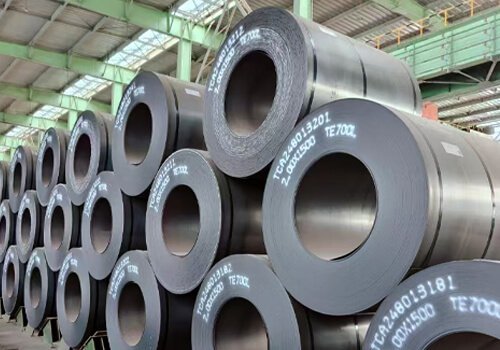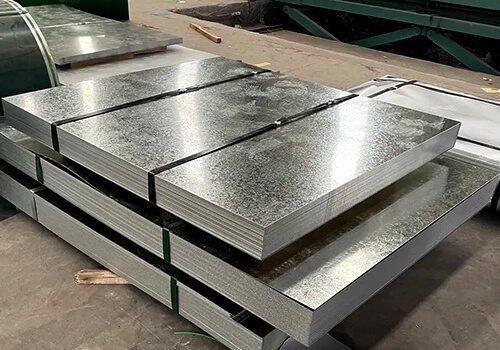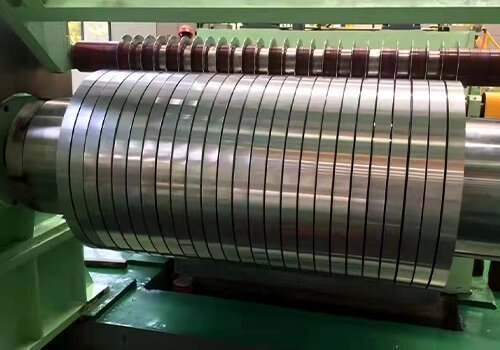Looking to maximize efficiency and durability? Discover how strip steel uses can solve major challenges across industries.
Strip steel uses include automotive components, building frames, herramientas, y electrodomésticos. Its strength, flexibilidad, and resistance to corrosion make it ideal for high-performance demands in multiple sectors, from infrastructure to consumer goods.
Let’s explore how strip steel serves different industries and why it’s in such high demand.

What Is a Strip Steel?
Strip steel is a thin, flat-rolled steel product produced in coil form. It is narrower than traditional sheet steel and can be hot-rolled or cold-rolled depending on application needs.
It is produced by rolling slabs into thin strips and coiling them for easier storage and transport. This makes it a practical material across multiple industries requiring strong yet manageable steel components.
Whether you call it strip steel, steel strip, or strip stainless steel, this product is versatile. Some buyers, particularly in the U.S., refer to region-specific suppliers like strip steel weirton or even strip steel weirton wv to indicate localized supply.
What Is Strip Steel Used For?
Strip steel is a multi-purpose material used in everything from construction to consumer electronics.
It’s commonly used in cars, home appliances, electronics, embalaje, and structural building materials. Its formability and strength make it valuable in any product that needs flexibility and rigidity simultaneously.
In the world of strip steel suppliers, this product serves as the backbone of stamped parts, welded assemblies, and machine frames. For businesses monitoring the steel strip price, understanding its many applications helps determine ROI before purchase.
What Is the Composition of Strip Steel?
The composition of strip steel depends on its use—structural, eléctrico, or decorative.
It typically includes carbon, manganese, silicon, and small traces of sulfur and phosphorus. High-end types, like strip stainless steel, add chromium and nickel to enhance corrosion resistance.
A common query from buyers is what is strip to metal—this refers to the surface bonding between the steel’s coating and its base. Good adhesion ensures better painting, welding, and resistance properties.
Certifications and chemical composition reports are essential in international trade, especially when buyers are evaluating products based on mechanical performance and surface quality.
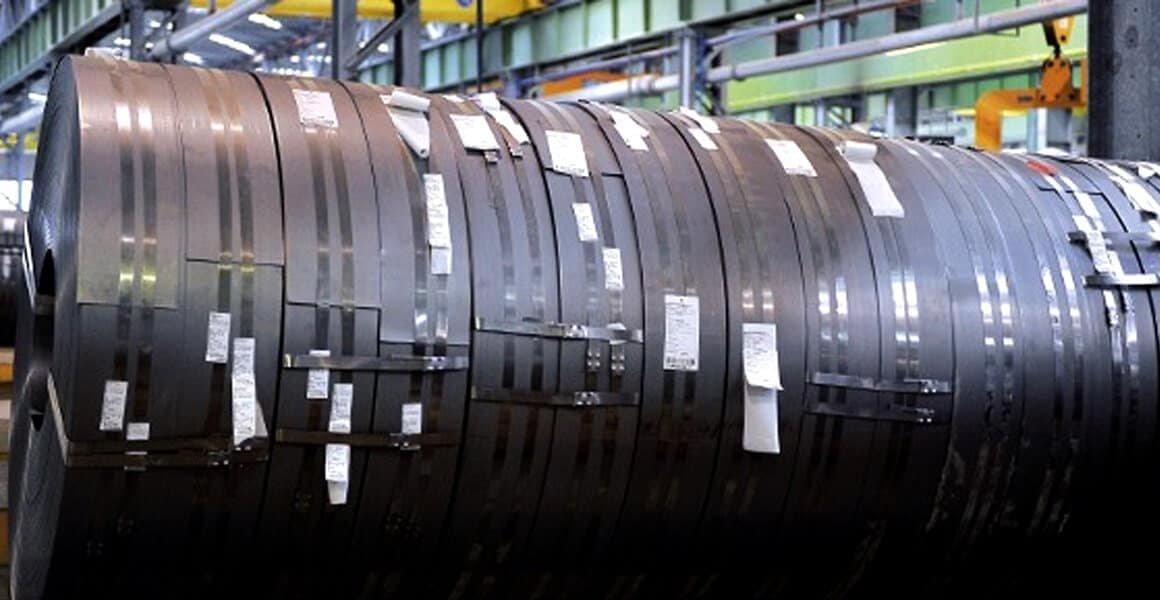
What Is a Hot Rolled Strip?
Hot rolled strip is produced at very high temperatures, over 1700°F (927°C), and is usually thicker and less refined in appearance than cold-rolled versions.
It has a rougher surface, looser tolerances, and is more affordable—ideal for construction and structural applications.
Manufacturers often choose hot rolled strip steel for frames, apoya, and foundational components that don’t require aesthetic perfection. Though less polished, it provides the mechanical properties needed for load-bearing or reinforcing applications.
For price-conscious buyers, hot rolled strip is also a way to manage steel strip price more competitively while maintaining functionality.
What Is the Difference Between Wire and Strip?
Though both are metal forms, wire and strip steel serve completely different purposes.
Wire is round and flexible, suitable for welding, eléctrico, and binding tasks. Strip is flat and rigid, utilizado en la construcción, stamping, and fabrication.
Wire is produced by drawing through dies, whereas strip is rolled flat from larger steel slabs. International buyers must clearly distinguish between the two in customs declarations to avoid shipment holds or misclassification.
In cases where buyers ask what is steel tape, it’s essentially a cold-rolled steel strip, often coated or painted, used in measuring tools or industrial packaging.
What Are the Benefits of Using Strip Steel in Automotive Manufacturing?
The auto industry depends heavily on strip steel to meet both safety and design standards.
It’s used for seat frames, body reinforcements, sistemas de suspensión, and exhaust parts due to its high strength-to-weight ratio.
Manufacturers value its consistency and ability to form into complex shapes without cracking. Lightweight construction supports fuel efficiency, while advanced coatings resist corrosion.
Por ejemplo, strip stainless steel is ideal for under-the-hood components, offering heat resistance and longevity. Global automakers often compare strip steel suppliers to find the best mechanical properties at the most favorable steel strip price.
How Is Strip Steel Used in Construction and Infrastructure?
En construcción, strip steel adds strength and durability to core structural components.
It’s used in wall framing, roofing panels, foundation supports, and cladding due to its corrosion resistance and load-bearing capacity.
Cold-rolled strips provide smoother finishes for exposed applications, while hot-rolled options are preferred for hidden or internal structures. Galvanized steel strip is especially popular in humid climates or coastal zones, such as projects in South America or Southeast Asia.
Global buyers often search “strip steel suppliers near me” or inquire about strip steel weirton for regional sourcing. Knowledge of steel strip price trends also helps builders stay within budget during long-term infrastructure planning.
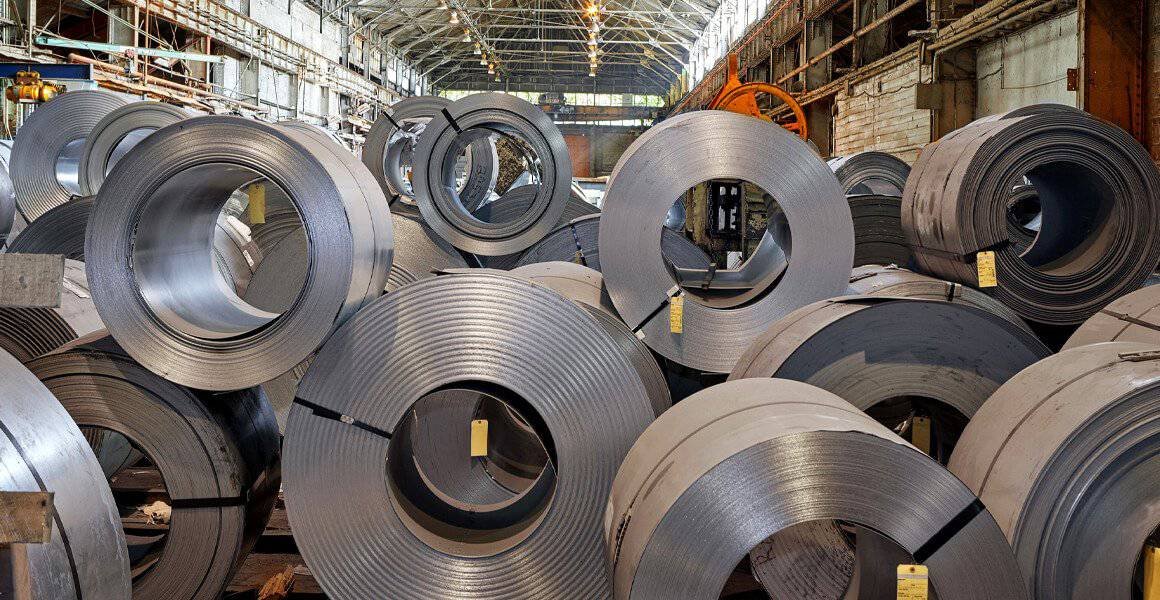
Why Is Strip Steel Important in Electrical and Household Appliances?
Modern electronics and appliances rely on strip steel for both structural and conductive purposes.
It’s used in internal panels, corchetes, switches, heating coils, and transformers due to its heat resistance and machinability.
Strip stainless steel is particularly valued in kitchen appliances like refrigerators, ovens, and dishwashers, offering both functionality and sleek appearance.
Manufacturers also appreciate its compatibility with painting and coating processes. For this reason, many domestic goods producers partner with strip steel suppliers who can provide surface-treated or custom-cut coils that align with internal assembly lines.
What Certifications Are Required for Exporting Strip Steel?
To enter regulated markets, strip steel must meet both national and international standards.
Common certifications include ISO 9001 for quality, SGS for third-party verification, and Mill Test Certificates (MTC) from the original mill.
These documents help prevent customs clearance delays and ensure the buyer that the materials match technical and chemical specifications. Por ejemplo, buyers concerned with what is strip steel typically want clarity on product grade, tensile strength, y acabado superficial.
Some regions, like the EU or Middle East, may also require REACH or RoHS compliance, especially if the acero is used in consumer products or electronics.
How Can Logistics and Timely Delivery Issues Be Solved in Strip Steel Exports?
Timely delivery is a critical concern for buyers—especially when missing peak season could mean lost profit.
Working with freight partners who offer bonded warehouses, real-time tracking, and multi-port shipment options can significantly reduce risk.
To avoid delivery problems, clearly outline incoterms and timelines. Leading Chinese exporters now use platforms like Alibaba with integrated shipping guarantees. This is why clients searching for strip steel suppliers or strip steel weirton wv expect not only quality but reliability.
Discussing logistics upfront—even during quotation—helps avoid miscommunication and builds long-term partnerships.
Resumen
Understanding strip steel uses helps buyers secure better deals, avoid costly delays, and build stronger, more reliable proveedor relationships.

